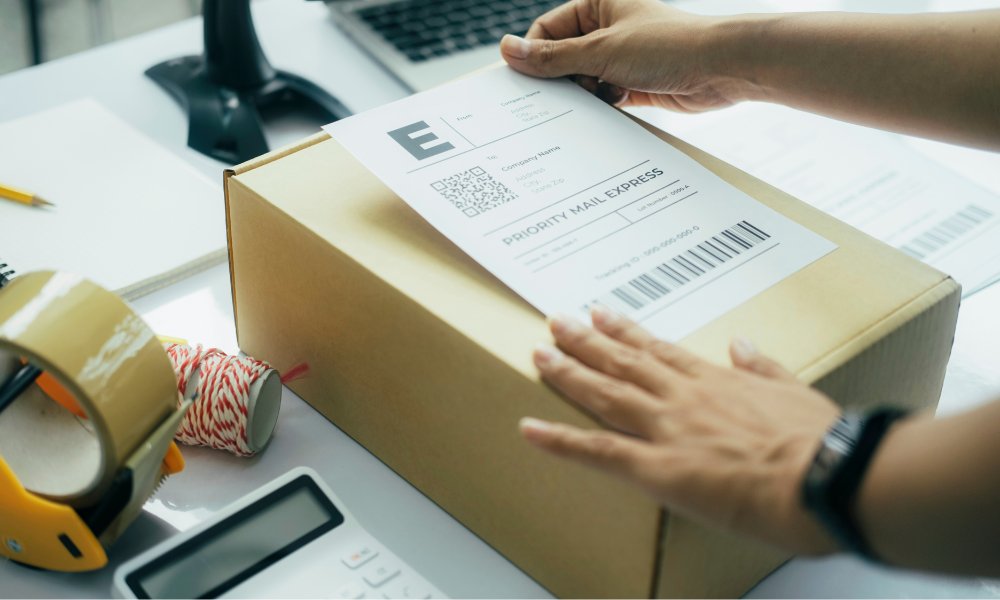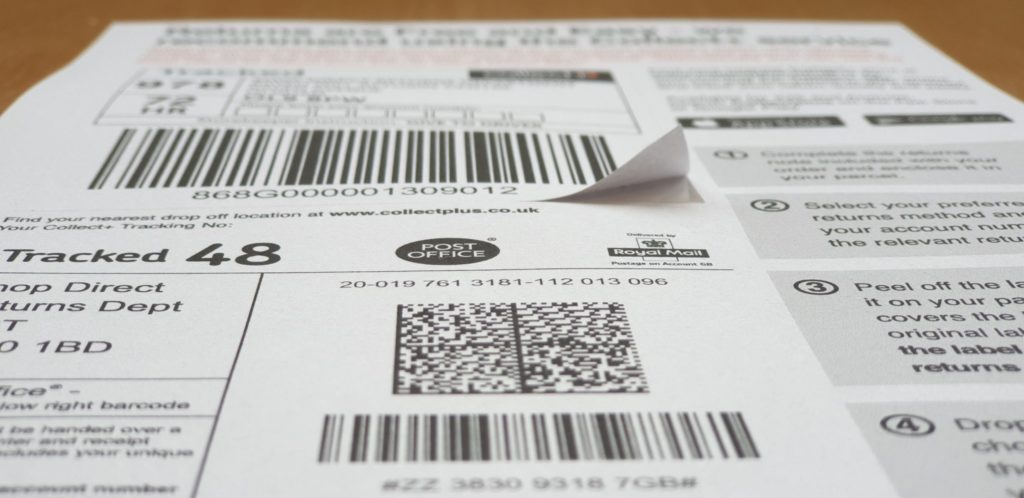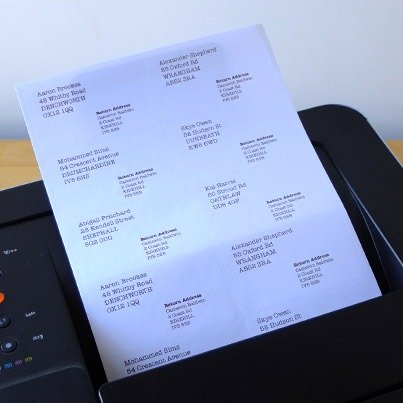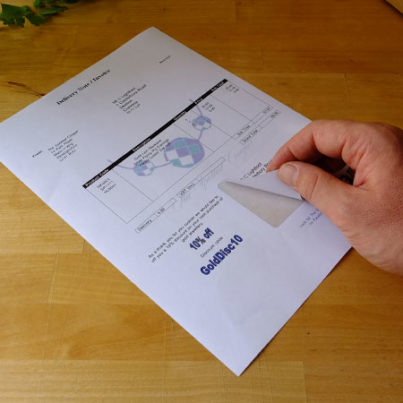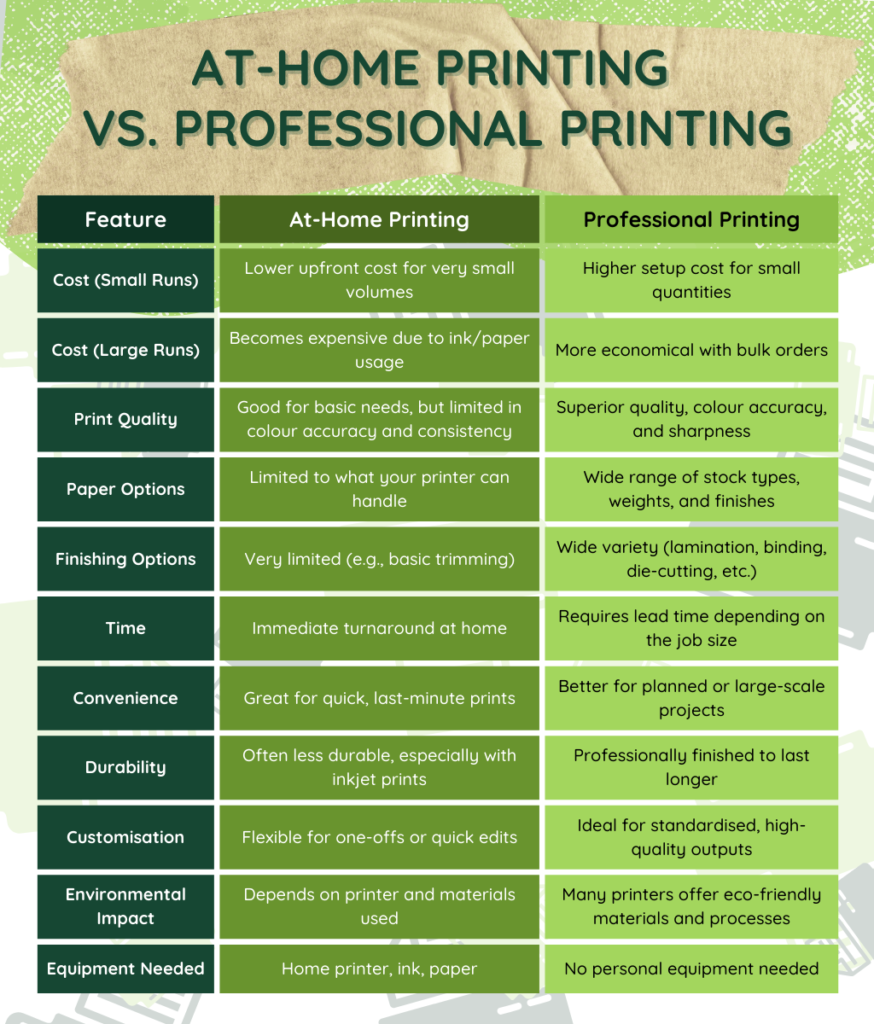Printing labels at home or in an office environment can initially seem like a complicated endeavour, particularly if you have never undertaken such a project before. However, with careful planning, the right materials, and a clear understanding of the process, it is entirely achievable to produce professional-quality results using standard equipment. Whether you are creating labels for office organisation, shipping, personal projects, or small business needs, a methodical approach can eliminate common frustrations such as misalignment, smudging, or wasted sheets. All you need is the right printer, some high-quality printer labels, and access to a computer.
This step-by-step guide is designed to provide a clear framework for printing your own labels at home or in the office, ensuring that each sheet is both practical and polished.
Step 1: Selecting the Appropriate Labels
The foundation of any successful label printing project begins with choosing the correct type of label for your intended purpose. Labels are available in a wide variety of materials, sizes, and adhesive types, each designed for specific uses. Take a look at our tips below when selecting labels:
- For general office organisation or file labelling, standard self-adhesive paper labels are sufficient.
- For most home and office printing tasks, A4 labels are the most convenient option, as they fit standard printers and are compatible with commonly used word processing and design software.
- For tasks that require greater durability, such as shipping or kitchen storage, waterproof or vinyl labels are preferable.
- The size and shape of the labels should match the content:
- Rectangular or square labels offer versatility and easy alignment.
- Circular or custom-shaped labels can add a professional touch to products or gifts.
- Always check printer compatibility – Inkjet printers work best with labels designed for ink
- Laser printers require heat-resistant or laser-compatible sheets to avoid smudging or adhesion issues.
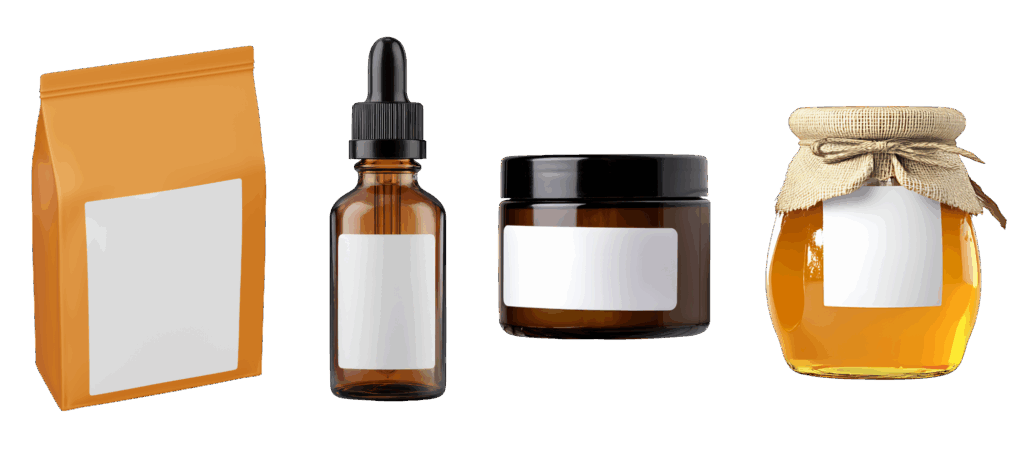
Step 2: Preparing Your Design
Once you have selected the appropriate labels, the next step is to prepare the design that will appear on them. This can include text, logos, images, or barcodes, depending on your project. There are two primary approaches to creating your label design. The first is to utilise a pre-made template provided by the label manufacturer. Templates are sized to match specific label sheets and are available for common software platforms such as Microsoft Word, Google Docs, or Adobe Illustrator, allowing you to align your content accurately without the risk of misprinting.
Alternatively, you may choose to create a custom design from scratch. In this case, careful measurement of the label sheet is essential to ensure that each label is correctly positioned. Software tools such as Canva, Word, or Illustrator offer the flexibility to design professional-quality labels, while allowing you to adjust fonts, colours, and graphics to suit your needs. When designing, it is advisable to prioritise clarity and legibility; avoid overcrowding labels with excessive text or imagery, and ensure any graphics are high-resolution to prevent pixelation when printed.
Step 3: Configuring Your Printer Settings
Achieving a sharp, precise print depends largely on correctly configuring your printer settings. Begin by confirming that your printer is compatible with the type of label you have chosen. Inkjet printers are generally suitable for standard paper labels, while laser printers are required for heavier or heat-resistant sheets. Within the printer settings, selecting the appropriate media type is crucial. Many printers include options for “Labels” or “Heavy Paper,” which adjust the print mechanism to accommodate the thickness and adhesive properties of label sheets.
Adjusting print quality is also important, particularly if your labels include images or logos. Selecting a higher-quality setting ensures that colours are vibrant and text is crisp. Additionally, verify that the document is correctly oriented and scaled; most A4 labels require the page size to be set to A4 and the scaling option set to 100 percent to prevent misalignment. A test print on plain paper is strongly recommended to check positioning, margins, and design accuracy before committing to the label sheets.
Step 4: Loading the Labels Correctly
Properly loading label sheets into your printer is a critical step in preventing jams and ensuring consistent results. Begin by confirming which side of the label sheet is printable, which is usually indicated by the manufacturer. Load the sheet according to your printer’s specifications, noting whether the printer requires face-up or face-down feeding. Flatten any curled or bent sheets to reduce the risk of paper jams, and avoid feeding multiple sheets at once, which can disrupt printing or damage the printer.
Step 5: Printing a Test Sheet
Before printing an entire batch of labels, it is advisable to print a test sheet on plain paper. This allows you to verify that the design aligns correctly with the label layout, that margins are consistent, and that the overall appearance meets your expectations.
Once the test has been checked and adjustments made if necessary, replace the plain paper with the label sheets and print a single sheet to confirm the results. Only after this verification should you proceed to print multiple sheets, minimising the risk of wasted materials.
Step 6: Applying the Labels
Once your labels have been printed, careful application is essential to achieve a neat and professional finish. Allow the ink to dry completely, particularly if you are using an inkjet printer, to prevent smudging. When peeling labels from the backing, do so gently to avoid tearing or stretching the adhesive.
Apply each label evenly and press firmly to ensure full contact with the surface, smoothing out any air bubbles or creases. For custom shapes or partial labels, trimming with scissors or a paper cutter can enhance precision and appearance.
Step 7: Troubleshooting Common Issues
Even with careful preparation, occasional problems can arise during label printing. Misalignment is often caused by incorrect template usage or scaling settings, and can be remedied by verifying both the template and printer settings. Ink smudging may occur if the wrong type of label is used for the printer, or if the ink has not fully dried.
Paper jams can usually be avoided by flattening sheets, loading them individually, and checking printer compatibility with label thickness. Finally, curling or wrinkling is best prevented by storing unused label sheets flat in a cool, dry environment and avoiding excessive handling before application.
Step 8: Maximising Efficiency in Label Printing
For those regularly printing labels, organisation and preparation can significantly improve efficiency. Keep separate sheets for different projects to reduce confusion, maintain a small stock of extra labels to avoid interruptions, and store templates digitally for future reuse.
Investing in high-quality label sheets ensures consistent results and reduces issues such as tearing, smudging, or poor adhesion. With these practices, label printing becomes a streamlined process that can support both personal and professional projects.
Step 9: Creative Applications for DIY Labels
Once the fundamentals of label printing are mastered, there are numerous opportunities to apply these skills creatively. Labels can be used for personalised stationery, product branding for small businesses, kitchen organisation, event name tags, or party favour labels.
With careful design and attention to detail, printed labels can transform everyday objects into professional, organised, and visually appealing items, providing both functional and aesthetic value.
Conclusion
Printing labels at home or in the office does not need to be an intimidating or frustrating task. By selecting the correct labels, preparing designs thoughtfully, configuring printer settings accurately, and applying labels with care, it is possible to produce professional-quality results quickly and efficiently.
From tackling office organisation, shipping requirements, to creative DIY projects, following a structured approach ensures that each label is precise, visually appealing, and fit for purpose. With practice, label printing can become a highly satisfying and versatile skill, offering both practical and creative benefits for a wide range of applications.Looking for more help finding the right labels for your business? Contact our friendly team at Labels Zoo or visit our website today for our full label selection.

